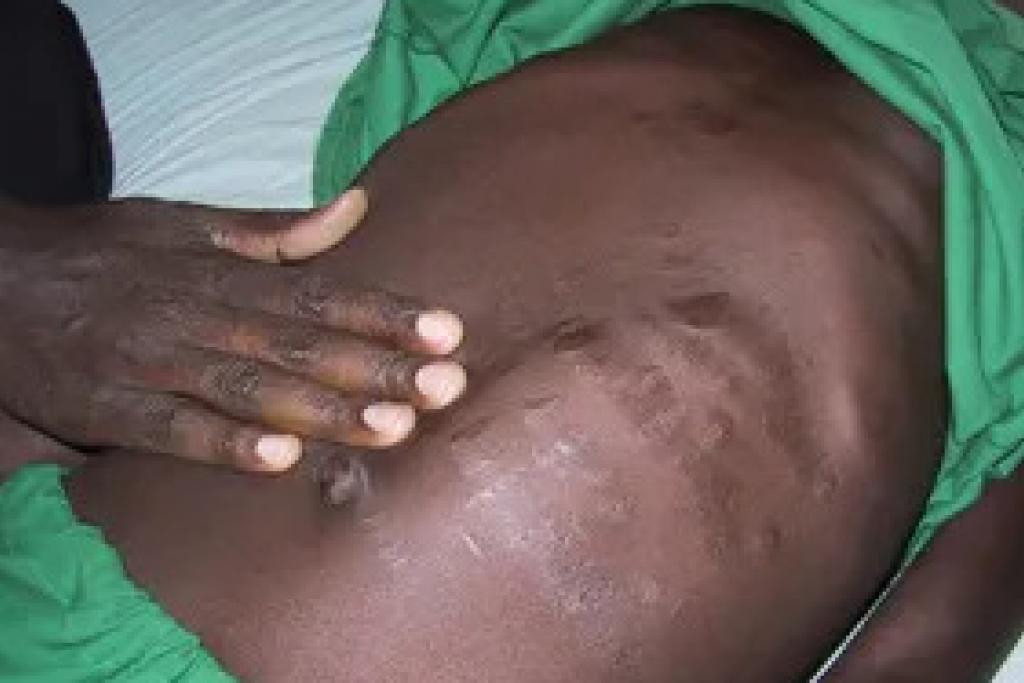Visceral leishmaniasis East Africa

Course details
About this course
Visceral leishmaniasis (VL), also known as kala-azar, is fatal if left untreated in over 95% of cases. It is characterized by irregular bouts of fever, weight loss, enlargement of the spleen and liver, and anaemia. East Africa is currently reporting the highest number of VL cases worldwide. Leishmania-HIV coinfected people have high chance of developing the full-blown clinical disease, and high relapse and mortality rates. Poverty, malnutrition and population movements in endemic areas increase the risk of developing VL. Early diagnosis and effective prompt treatment reduce the prevalence of the disease and prevents disabilities and death. This course aims at providing health workers with the necessary knowledge to understand the epidemiology, diagnosis, treatment, surveillance and outbreak investigation of this important disease in East Africa.
By the end of this course, you should be able to:
- Explain the epidemiology of visceral leishmaniasis in East Africa;
- Describe the clinical aspects of common VL cases and in special situations like HIV;
- Explain how the diagnosis is made;
- Explain how to treat VL;
- List how the recording and reporting of the disease is done; and
- Describe how outbreak investigations are carried out.



